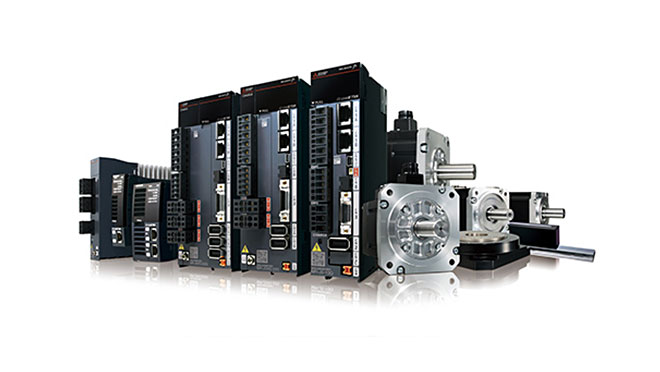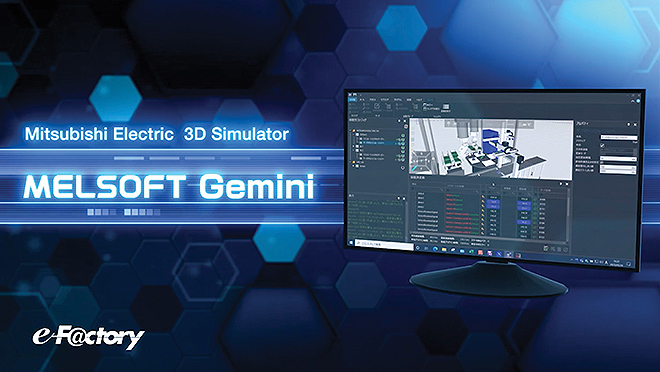
Insights

[Advanced Technology R&D Center] ― Changing things through AutomationVisualizing the future
Published in March 2024 [2 parts]
Part1: Fully self-driving cars: where is the technology now?
- Automatic driving technology
The world has been talking about self-driving cars for quite a while now. Step by step, fully autonomous driving has been moving closer to becoming a reality; trials on public roads are already underway and the benefits to society will be significant. In conjunction with electrification and ridesharing, vehicle automation will help us create a cleaner, greener world by cutting road accidents and fatalities, reducing traffic congestion, cutting transportation costs and dramatically curbing global CO2 emissions.
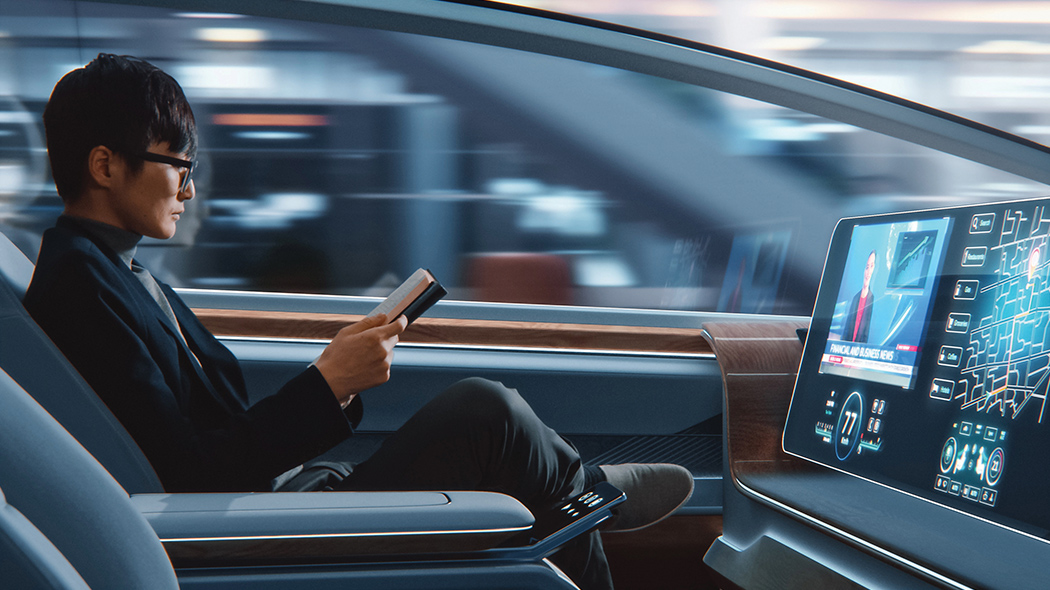
Autonomous driving technology is more advanced than we can imagine.
The notion of relinquishing control of their cars can cause safety concerns for many, but the truth is that autonomous driving technology promises to deliver vastly improved road safety. As our development team at the Advanced Technology R&D Center points out in this article, the first and primary concern has always been to do with keeping people safe. These concerns have now been largely addressed and as we find out, their work is now taking other factors into account, including comfort and efficiency.
We might not be there yet, but it is exciting to know that fully autonomous driving is not so very far away. It is envisaged that from 2025-2030 for instance, self-driving buses will be on the road. Explaining where the technology is at the moment.
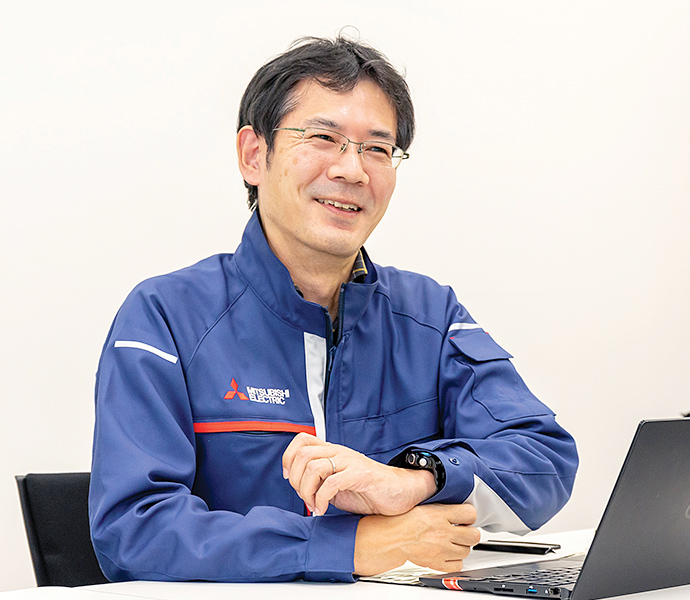
Masaya Sakai, Ph.D
Senior Manager
Autonomous Mobility Control
Both route generation and vehicle control technologies are already at a level that can be applied to simple environments such as highways. On the other hand, there is room for improvement in the sensing function that recognizes the surroundings, and establishing the mass data processing technology required for practical use.
Masaya Sakai,
Senior Manager, Autonomous Mobility Control section
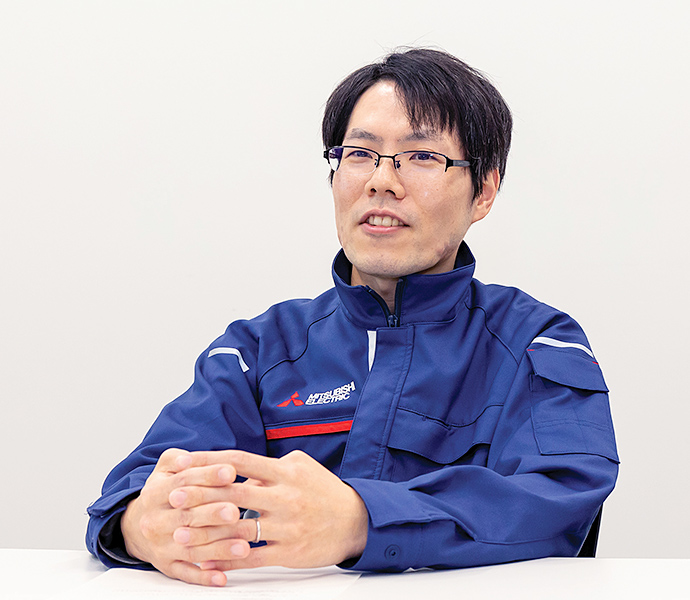
Shota Kameoka
Researcher
Autonomous Mobility Control
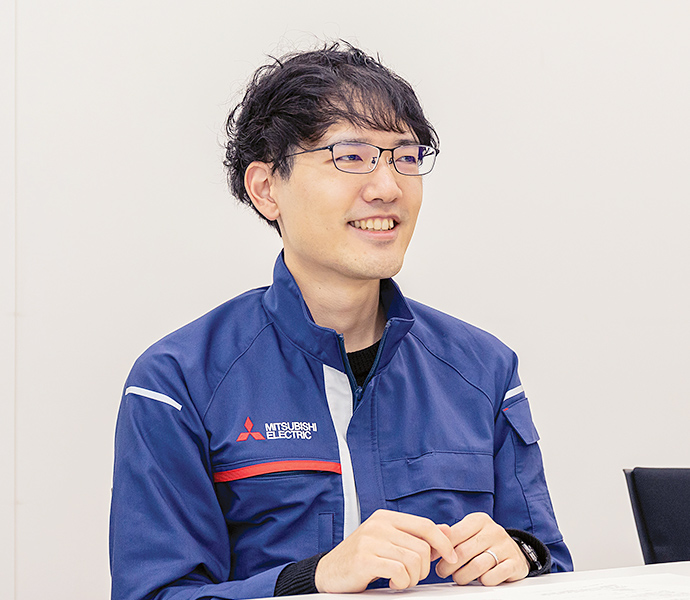
Kenta Tominaga, Ph.D
Researcher
Autonomous Mobility Control
Five levels of autonomy
So how do we define ‘autonomous driving’? SAE International defines six levels of autonomy, drawing a distinction between assisted driving technology and automation driving technology. Assisted driving technology – at levels 1 and 2 – assists in driving but still requires humans to operate the vehicle. Fully autonomous cars may be the ultimate prize, but features such as automatic emergency braking, adaptive cruise control and lane departure sensors are a reminder that many of the of the cars we drive right now are autonomous to some degree. Automation driving technology – at levels 3-5 – refers to AI systems that enable vehicles to intervene and make driving decisions independent of the humans they are carrying.
A level 3 car commands all safety-critical functions and in certain conditions it can take over the driving, alerting drivers to take back control. Level 4 is a significant step up to complete autonomy. Level 5 is used to describe cars that are completely autonomous and can self-drive at any time, in any scenario. This is full automation. Without humans to drive them these cars would, in theory, have no need for steering wheels or pedals.
At level 4 and level 5, sensors create a detailed and dynamic map of the vehicle’s surroundings. Sensors recognize white lines, surrounding vehicles, pedestrians, obstacles and so on, to determine the appropriate driving path. The Mitsubishi Electric ATR team is developing technologies which enable in-vehicle systems to take into account all those other human factors which contribute to safe driving.
In fully autonomous cars, multiple sensors such as millimeter-wave radar, cameras, and LiDAR are used to recognize the driving environment such as road boundaries, signs, and traffic lights, as well as traffic participants such as surrounding vehicles and pedestrians Light detection sensors can bounce light from the vehicle’s surroundings to determine distances, road boundaries and markings. In-vehicle software systems process all of this data and instruct the car’s actuators for steering, braking and acceleration.
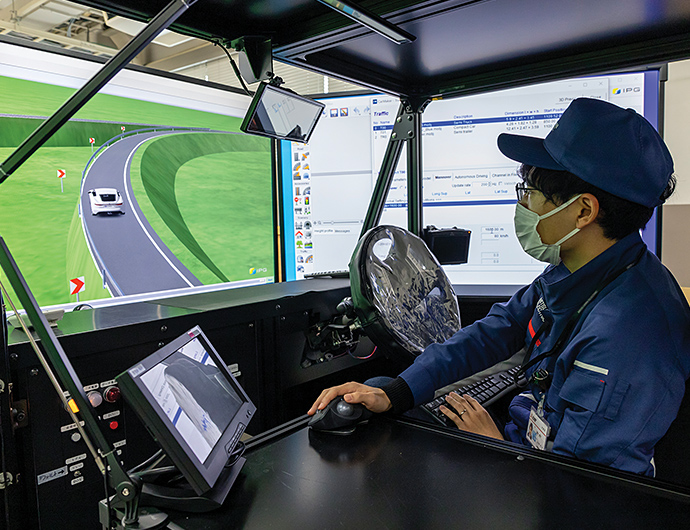
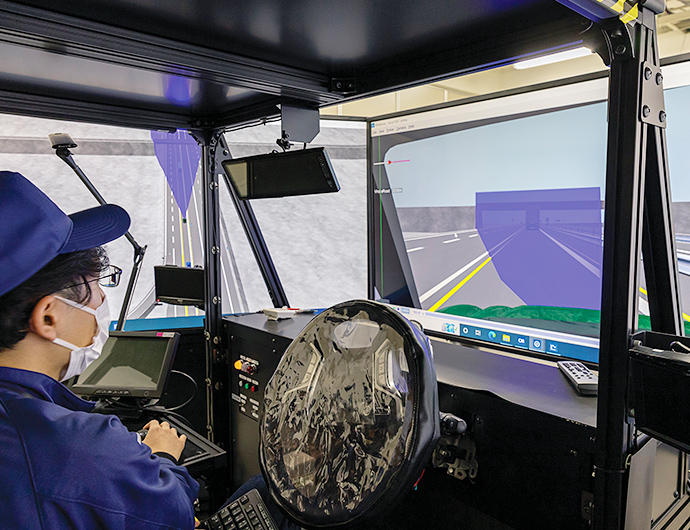
Taking automation ever closer to human driving:
We talk to the Advanced Technology R&D Center's Robotics team
Working alongside Masaya Sakai in the Advanced Technology R&D Center’s Robotics team are researchers Shota Kameoka and Kenta Tominaga Ph.D. We asked the team to tell us more about their work in taking automated vehicle operation to the next stage.
As drivers, we recognize that being safe in the car is about much more than just avoiding obstacles. And as Sakai points out, when a person is driving a car, they are subconsciously taking other things into account; such things as information about the vehicle and its surroundings, the weather, the speed of the vehicle, steering angle and so on. This is why, he says, the in-vehicle technology that they are developing must replicate all of these factors:
“To bring automated driving closer to human driving, the ATR have developed a new path generation technology. Path generation using a particle filter has the advantage of being able to take into account road surface conditions and vehicle motion characteristics. When a person drives a car, it is not only the presence of obstacles that determines the route to be taken.”
Path generation refers to all the elements that help determine which route a vehicle will take. It consists of two methods: particle filler route generation and RRT (rapidly-exploring random tree) route exploration.
Particle fillers allow the system to take into account such factors as road surface conditions and vehicle motion characteristics. This technology uses probability distribution to predict data changes by scattering particles around an object in virtual space. As the object moves, the distribution of these particles changes, and these changes are then analyzed to determine the optimum path.
“With the improved performance of in-vehicle microcomputers, it is now possible to estimate the state of a vehicle using a particle filter,” adds Kameoka. “A particle filter is used to estimate the ideal position change for the car to approach the target state, such as the center of the lane, and create a route.”
RRT technology selects the optimal route by taking driving routes created by particle filter and expands them into a tree. Because RRT recalculates every 500 milliseconds to determine the optimal path through the tree, it is able to assure passenger comfort with smooth handling which avoids abrupt steering or sudden deceleration.
New technologies through problem-solving
Breakthrough technology is the result of work to overcome particular issues. One of the problems that they had to overcome is that vehicles do not always perfectly follow the target path, due to the coupled longitudinal and lateral motion of the vehicle and the strong nonlinearity of tire grip.
They are working on developing efficient algorithms that can perform advanced arithmetic processing on automotive microcontrollers and optimizing control signals by calculating them backwards.
“Conventionally,” says Tominaga, “control signals were determined by looking only at points on the target route. We aim to avoid it.”
Creating a better world for all
Most studies agree that up to 90% of all road accidents are caused by human error. If most human error on roads can be eliminated, it stands to reason that the widespread adoption of autonomous driving will massively lower the numbers of traffic deaths around the world. Fewer accidents will result in less congestion and therefore a drop in emissions, along with lower insurance costs.
The work of the Advanced Technology R&D Center in making autonomous driving a reality is an inspiring testament to the power of our slogan automating the world.
Products and Solutions
- Summary : Visualizing the future
- Part 2 : Using haptics to expand the scope of human activity - Visual haptics
